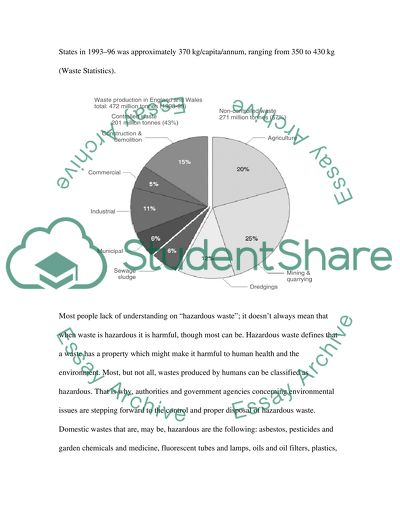Cite this document
(“Solid and Hazardous Waste Assignment Essay Example | Topics and Well Written Essays - 1500 words”, n.d.)
Retrieved from https://studentshare.org/environmental-studies/1423444-solid-and-hazardous-waste-assignment
Retrieved from https://studentshare.org/environmental-studies/1423444-solid-and-hazardous-waste-assignment
(Solid and Hazardous Waste Assignment Essay Example | Topics and Well Written Essays - 1500 Words)
https://studentshare.org/environmental-studies/1423444-solid-and-hazardous-waste-assignment.
https://studentshare.org/environmental-studies/1423444-solid-and-hazardous-waste-assignment.
“Solid and Hazardous Waste Assignment Essay Example | Topics and Well Written Essays - 1500 Words”, n.d. https://studentshare.org/environmental-studies/1423444-solid-and-hazardous-waste-assignment.


